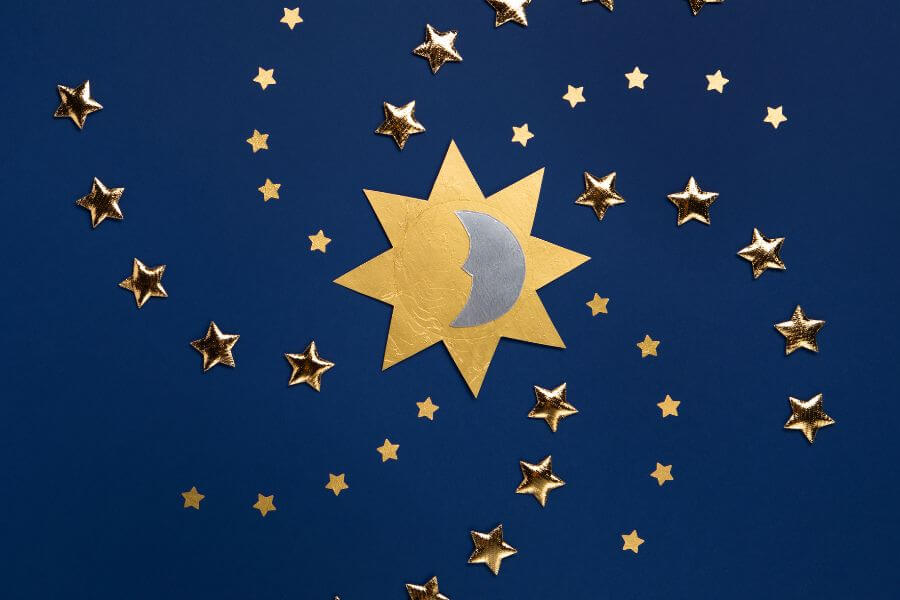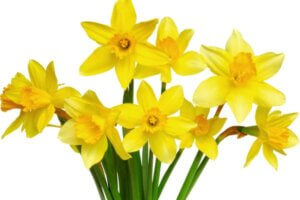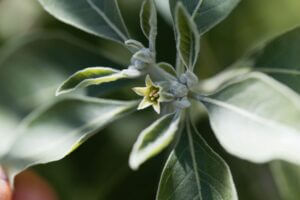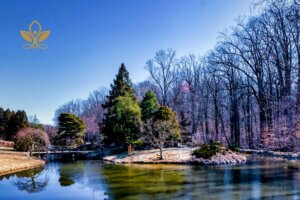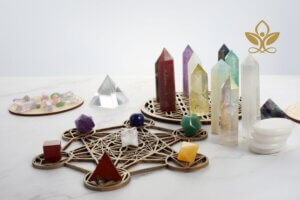The winter solstice is the shortest day of the year. It also holds great significance around the world. It marks the astronomical beginning of winter and is a time when the sun appears the lowest in the Northern Hemisphere sky and is at its farthest southern point over Earth. Since ancient times there are celebrations by many, each with their unique traditions and rituals. In this article, we explore the history and cultural significance of the winter solstice. We also look at the diverse ways it’s commemorated throughout history. This year, the winter solstice is Thursday, December 21!
Ancient Observations and Cultural Significance
The Journey of the Sun
The winter solstice is a result of the Earth’s axial tilt with the sun’s position in the sky reaching its lowest point in the Northern Hemisphere. Contrary to popular belief, it does not signify the latest sunrise or earliest sunset. Instead, it marks the turning point when the sun begins its journey back north, bringing longer days and the promise of Spring. This astronomical phenomenon absolutely captivates civilizations throughout history, leading to the many cultural traditions and celebrations.
Indigenous Observations and Sacred Sites
Indigenous cultures around the world hold a deep understanding of the intricate workings of the solar system. Native American communities, for instance, use their knowledge of the winter solstice in their traditions and ceremonies. Special sites, such as the Cahokia in Illinois that are constructed to align with the sun on solstice days, showcase the ancient wisdom and interconnectedness of indigenous peoples with the natural world.
Spanish Missions and Symbolic Light
During the Spanish colonial period, Catholic missionaries in the Americas tried to convert indigenous populations to Christianity. In an attempt to bridge the gap between their traditional beliefs and the new faith, they used parts of indigenous solstice celebrations in their rituals. As a result, the winter solstice triggers a rare and fascinating event in many mission churches, where a sunbeam enters through a specific opening and bathes religious objects, such as altars or crucifixes, in brilliant light. This symbolic merging of ancient solstice traditions with Christian symbolism demonstrates the power of the melding of different beliefs.
Winter Solstice Traditions Around the World
Winter Solstice Festivals in North America
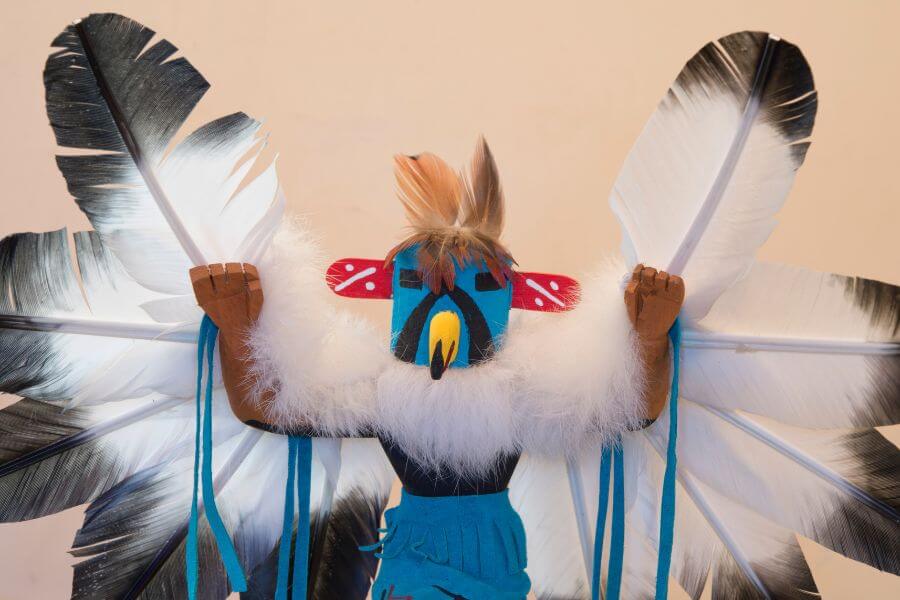
Native American tribes, including the Hopi Indians of northern Arizona, have their own unique winter solstice celebrations. The Hopi’s Soyal ceremony involves purification rituals, dancing, and the welcoming of kachinas, protective spirits from the mountains. Prayer sticks are used for blessings and other rituals during this sacred time. Similarly, other Native American communities across the continent have their own solstice traditions, each infused with cultural symbolism and spiritual significance.
Persian Yalda: Triumph of Light Over Darkness
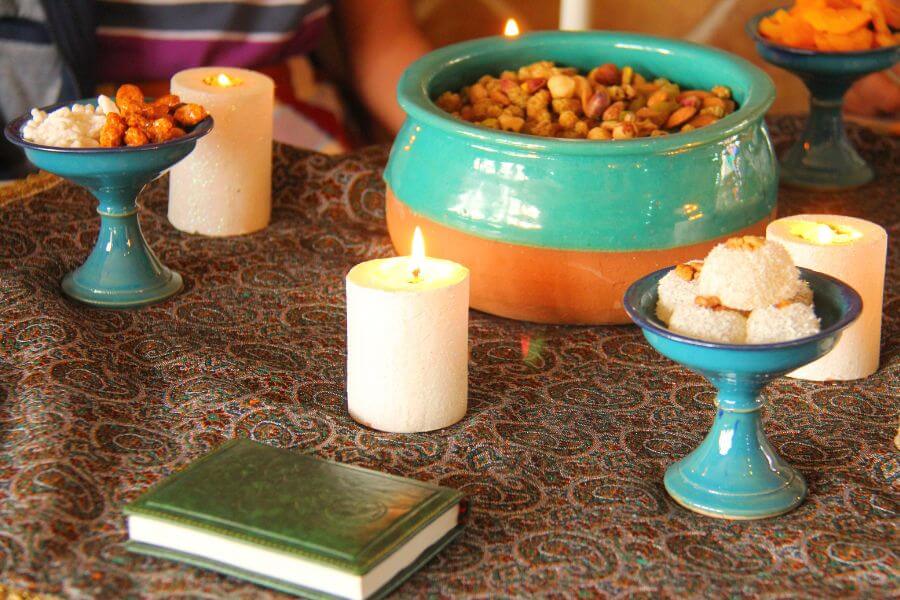
In Iran, the festival of Yalda celebrates the triumph of light over darkness on the winter solstice. This ancient Persian tradition marks the last day of the month of Azar and is the victory of the sun god Mithra. Families gather together, feasting on special foods like nuts and pomegranates, and stay awake throughout the night to welcome the morning sun. Yalda is a testament to the enduring power of ancient beliefs and the joyous celebration of renewal.
Inti Raymi: Incan Celebration of the Sun God
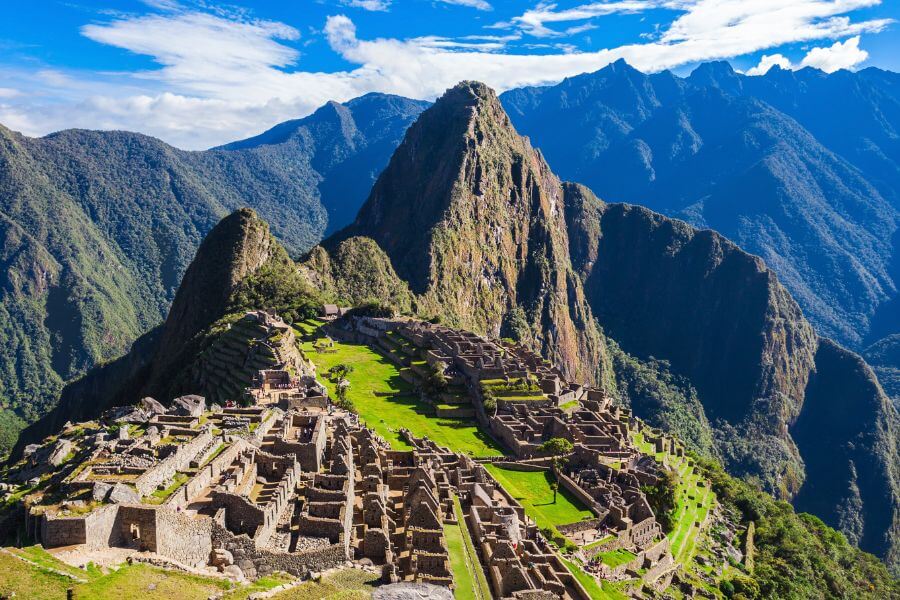
In Peru, the winter solstice falls in June, marking their own version of this celestial event. The Incan civilization celebrated Inti Raymi, a festival dedicated to the Sun god. Originally celebrated before the arrival of Spanish conquistadors, the festivities included feasts and sacrifices, symbolizing the renewal of life and the gratitude for the Sun’s life-giving energy. Although banned by the Spaniards, Inti Raymi was later revived with mock sacrifices and continues to be celebrated in modern Peru.
Saturnalia: Roman Festivities and Gift-Giving
The ancient Roman festival of Saturnalia, celebrated around the time of the winter solstice, was a time of great merriment and revelry. This festival marked the end of the planting season and included games, feasts, and gift-giving. During Saturnalia, social order was inverted, with slaves treated as equals and masters temporarily serving their servants. This tradition demonstrates the importance of celebrating together and fostering a sense of unity and equality during the darkest days of the year.
Winter Solstice Today: Embracing the Light Within

As we approach the winter solstice, it’s a time for personal reflection, renewal, and embracing the light within. While ancient civilizations celebrated this celestial event through various rituals and traditions, we now draw inspiration from their wisdom to find meaning in our own lives. The winter solstice reminds us of the cyclical nature of existence and the importance of finding balance and harmony within ourselves and with the world around us.
How to Joyfully Celebrate the Winter Solstice with Ancient Traditions Share on XCreating Personal Rituals
In modern times, we create our own personal rituals to honor the winter solstice. This involves lighting candles, meditating, or spending time in nature. By taking a moment to pause, reflect, and set intentions for the coming year, we cultivate a sense of inner peace and connection to the natural rhythms of the universe.
Spreading Light and Kindness
The winter solstice is also a time to spread light and kindness to others. Whether it’s through acts of charity, volunteering, or simply offering a listening ear to someone in need, we embody the spirit of the season by bringing warmth and compassion into the lives of others. Small gestures of love and generosity have a profound impact, creating a ripple effect of positivity and healing.
Celebrating with Community
Joining in community celebrations is also a wonderful way to honor the winter solstice. Attend local gatherings, festivals, or events that commemorate this special time of year. In fact, engaging with others who share your love of the winter solstice creates a sense of belonging that transcends cultural boundaries.
Embracing the Darkness
The darkness of the winter solstice is a time for introspection and personal growth. It’s also a time to embrace the shadows within ourselves and awareness of the hardships we face throughout the year. By accepting both the light and dark aspects of our lives, we cultivate resilience and inner strength.
Conclusion
The winter solstice is a time of reflection, celebration, and connection. Across cultures and throughout history, people find ways to honor this celestial event and embrace its profound symbolism. From ancient observances to modern-day rituals, the winter solstice are a reminder of the cyclical nature of life and the inherent interconnectedness of all beings. As we welcome the return of the light, let’s also cultivate our own inner light and share it with the world, spreading warmth, love, and compassion during the darkest days of the year.
This joyful occasion takes place twice a year with one in the Northern Hemisphere and one in the South Hemisphere. This day has the shortest hours of daylight and the longest night of the year. I hope you enjoy these Winter Solstice Quotes!
Winter Solstice Quotes
“Is there a moment quite as keen or memory so bright
— Adam Christianson
As light and fire and music so sweet
To warm the winter’s night?”
“I wonder if the snow loves the trees and fields,
— Lewis Carroll
that it disses them so gently?
And then it covers them up snug, you know, with a white quilt;
and perhaps it says “Go to sleep, darlings, till the summer comes again.”
Don’t think the garden loses its ecstasy in winter.
— Rumi
It’s quiet but the roots are down there riotous.
The gift of light we thankfully take
— Unknown
But not shall it be alone for our sake
The more we give light
The one to the other
It shines and it spreads and it glows still further
Until every spark by friends set aflame
Until every heart with joy to proclaim
In the depths of our souls a shining sun glows.
Conclusion
It is our wish that you find this post enlightening and helpful. If you have any questions or suggestions, we love to hear from you in the comments below. Also, kindly accept our invitation to join our group on Facebook to surround yourself with kindred spirits and post your encouraging messages.

